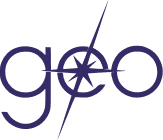2025 National Study of Philanthropic Practice
Since 2008, Grantmakers for Effective Organizations (GEO) has tracked trends in effective grantmaking through its national field study. The 2025 National Study of Philanthropic Practice, conducted in partnership with Strength in Numbers Consulting Group, is the only survey …
- Publication
